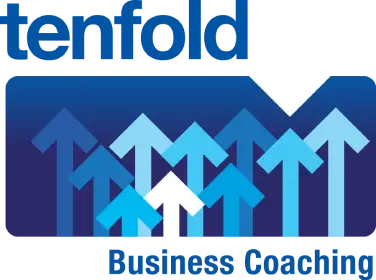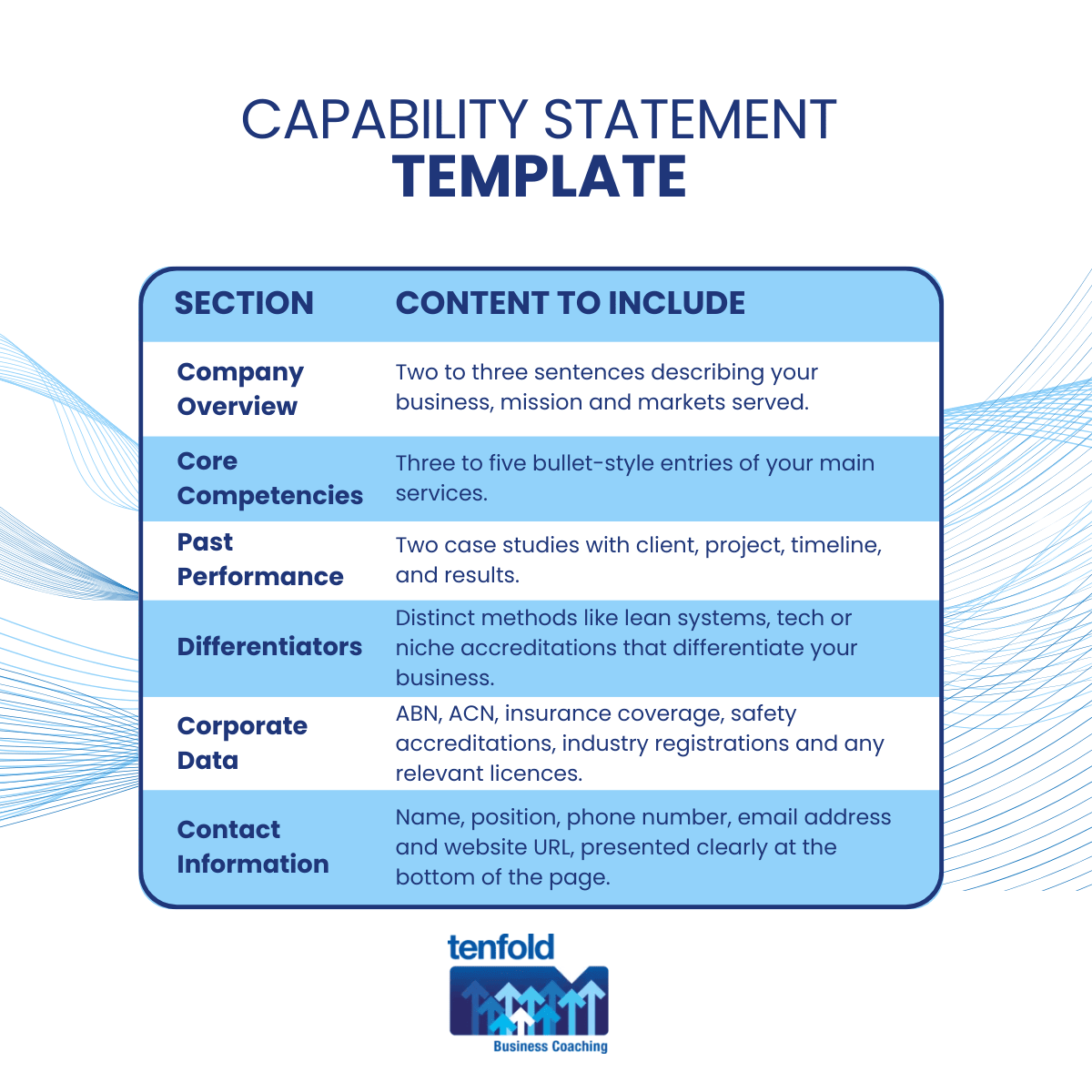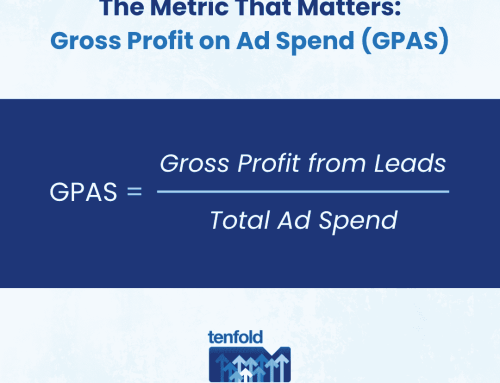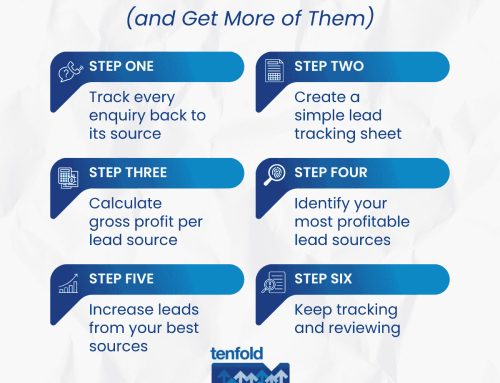Capability Statements for B2B Contractors to Win Work: Template, Examples, Checklist
Winning new contracts in a competitive B2B environment demands more than a glossy brochure. It requires a concise, targeted capability statement that positions you as a trusted partner and speaks directly to decision-makers. In this guide, I draw on my experience as a business coach and small business coach at Tenfold Business Coaching to explain what a capability statement is and why it matters in your prospecting efforts. You will discover the core components to include, the common pitfalls to avoid, and the best practices I’ve honed through business coaching services. Along the way, I’ll show you how to deploy your capability statement across tender portals, LinkedIn outreach and industry events without spending a dollar on paid advertising. This article also provides a ready-to-use template, real-world examples for manufacturing, distribution and construction trades, and a practical checklist to help you win work with confidence.
As a business coach at Tenfold Business Coaching, I’ve spent over twenty years in corporate engineering, supply-chain management and small business coaching, armed with a Master of Entrepreneurship and Innovation. I’ve guided more than sixty owner-operators across manufacturing, distribution and construction to improve tender success by 30 per cent – all without spending a dollar on ads. Having drafted and reviewed hundreds of capability statements that won government projects and Tier 2 commercial contracts up to $5 million, I know what works. In this guide, I’ll share proven best practices so you can present your capabilities with clarity and impact.
What Is a Capability Statement and Why Your Business Coach Recommends One
A capability statement is a single-page document that highlights the core competencies, past performance and value proposition of your business. It is a tool that business coaching services encourage to open doors in B2B prospecting by providing prospects with a clear and professional overview of your capacity to deliver. When you submit tenders or network at industry events, a capability statement becomes your business calling card. It replaces bulky proposals with a succinct summary that speaks directly to decision-makers who are short on time.
How a Capability Statement Supports Business Coaching and Growth
Using capability statements aligns with the guidance your small business coach offers for sustainable growth without paid media. They act as a foundation for all your outbound marketing and prospecting efforts. Firstly, capability statements ensure consistency in your messaging and branding across every touchpoint. Secondly, they refine your value proposition so you can confidently answer when someone asks “What do you do?” Lastly, capability statements help you reflect on recent successes and document them in a way that enhances credibility. When your business coach reviews these documents, they can identify gaps and opportunities to strengthen your positioning.
Key Elements of a Capability Statement
First, include a company overview that describes who you are in two or three sentences. Aim to capture your mission, years in business and the markets you serve. Second, detail your core competencies by listing three to five areas where your business excels. Use industry-specific language relevant to manufacturing, distribution or construction trades. Third, showcase past performance with brief case studies or client testimonials that quantify outcomes. Fourth, highlight your differentiators by explaining what makes your approach unique. Fifth, provide corporate and compliance data such as ABN, insurance levels and safety accreditations. Lastly, finish with clear contact information so prospects know exactly how to get in touch.
Best Practices for Creating Your Capability Statement
Maintain brevity by keeping the entire document to one page and using concise sentences rather than long paragraphs. Use your brand colours and logo consistently so that the capability statement looks and feels like every other piece of marketing collateral you produce. Tailor each version of the document to the prospect by emphasising the competencies they value most. Use clear headings and plenty of white space so a business owner can scan and absorb key points in under thirty seconds. Save and share the final version as a PDF to preserve formatting and ensure it opens correctly on any device.
Common Mistakes to Avoid in Your Capability Statement
Avoid generic statements that could apply to any competitor. Prospects will recognise clichés such as “quality service” or “customer satisfaction guaranteed” without being persuaded. Do not overload the page with jargon or technical details that hide your message. If your capability statement appears crowded or unreadable, prospects will move on to the next bidder. Stay away from outdated client references and missing contact details, as they undermine your professionalism. Finally, remember to proofread each draft; typographical errors cast doubt on your attention to detail.
How to Use Your Capability Statement for Effective B2B Prospecting
Begin by emailing your capability statement to new leads after an initial phone conversation to reinforce your professionalism. Upload it to any online tender portal when invited to submit capability-only RFQs. Attach it to LinkedIn messages when you connect with procurement managers or directors in your target sectors. Print a small stack and bring them to in-person networking events or industry conferences where you can hand them directly to prospects. Incorporate the document into your company profile section on your website so that any visitor can download it at will. Each of these tactics multiplies your outreach without spending money on paid advertising.
Capability Statement Template and Example
Below is a template table showing the structure and content suggestions for each section of your capability statement:
| Section | Content to Include |
| Company Overview | Two to three sentences describing your business, mission and markets served. |
| Core Competencies | Three to five bullet-style entries of your main services. |
| Past Performance | Two short case studies with client name, project description, duration and measurable outcomes such as cost savings or project completion rates. |
| Differentiators | Unique approaches such as lean processes, proprietary technology or specialist accreditations that set you apart from competitors. |
| Corporate Data | ABN, ACN, insurance coverage, safety accreditations, industry registrations and any relevant licences. |
| Contact Information | Name, position, phone number, email address and website URL, presented clearly at the bottom of the page. |
Example excerpt for a fabrication business:
“Incorporated in 2010, SteelWave Fabrications specialises in precision steel welding and site installations for Tier 2 commercial developments. Our team of ten certified welders has delivered over 150 projects within the health and education sectors. We achieved a 20 per cent reduction in project lead time through our proprietary workflow system and maintain AS/NZS ISO 9001 certification. ABN 12 345 678 901. Contact: Jane Smith, Director, phone 0400 123 456, [email protected].”
Checklist for Capability Statement Success
- Confirm your company overview is concise and reflects your growth aspiration.
- Ensure your core competencies align with the services your prospect values most.
- Verify that your past performance entries are up to date and include measurable results.
- Check that your differentiators read as compelling reasons to choose your business.
- Review your corporate data for accuracy, including any licences and certifications.
- Test your contact information by sending a proof PDF to your own inbox.
- Ask your small business coach or a colleague to review the final draft for clarity and impact.
Elevate Your Capability Statement with Tenfold Business Coaching
By now, you have everything you need to turn your capability statement into a powerful prospecting tool that wins contracts without paid advertising. If you’d like personalised support to refine your messaging, highlight your strengths, and implement proven B2B prospecting strategies, contact me at Tenfold Business Coaching. Together, we’ll sharpen your capability statement, increase your tender success, and unlock new growth opportunities for your business. Reach out today to begin your journey towards more confident, consistent, and compelling B2B wins.
Frequently Asked Questions
What makes a capability statement different from a company brochure?
A capability statement is a focused, one-page document crafted for B2B prospecting and tenders. It emphasises your competencies, past performance and differentiators without the broad marketing copy found in brochures.
How often should I update my capability statement?
Update your capability statement whenever you complete a major project or gain a new accreditation. As a rule of thumb, review it quarterly during your business coaching sessions to keep it current.
Can I use the same capability statement for all prospects?
Your small business coach will advise you to customise each version. Swap out case studies or emphasise particular competencies so that each prospect sees the most relevant information first.
Should a capability statement replace a full proposal?
Use a capability statement to introduce your business and qualify a prospect’s interest. When a prospect requests detailed pricing and scope, follow up with a tailored proposal or quotation document.
How do I measure the effectiveness of my capability statement?
Track which outreach methods result in follow-up calls or meetings. Monitor response rates by prospect segment and adjust the content or design based on feedback. Your business coaching services provider can help analyse these metrics.






